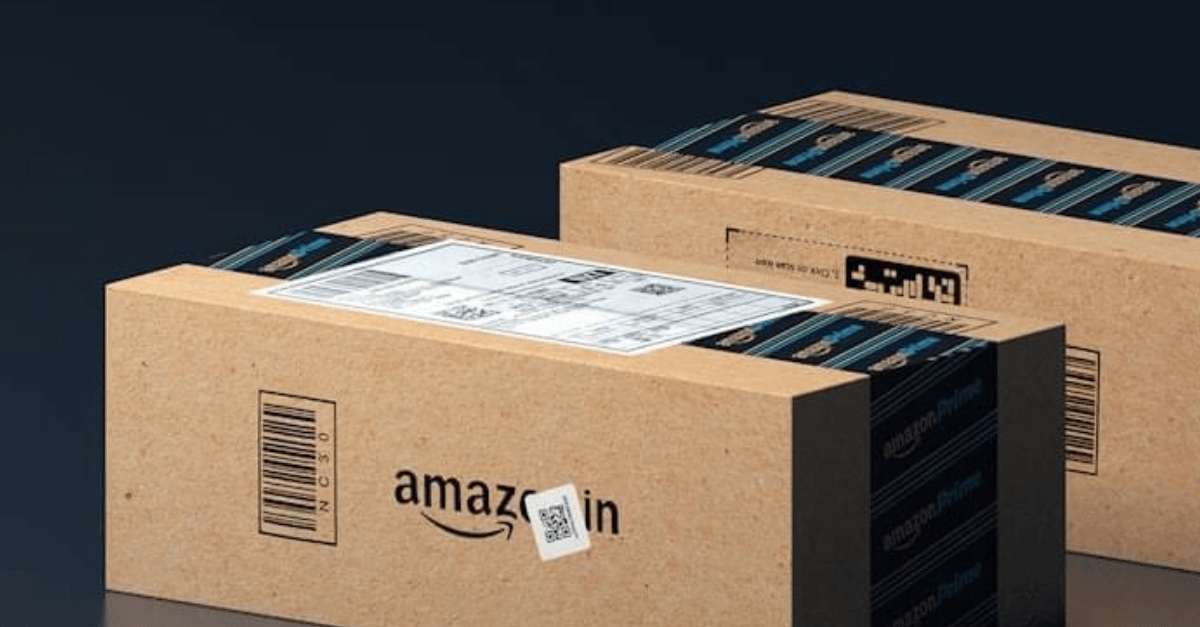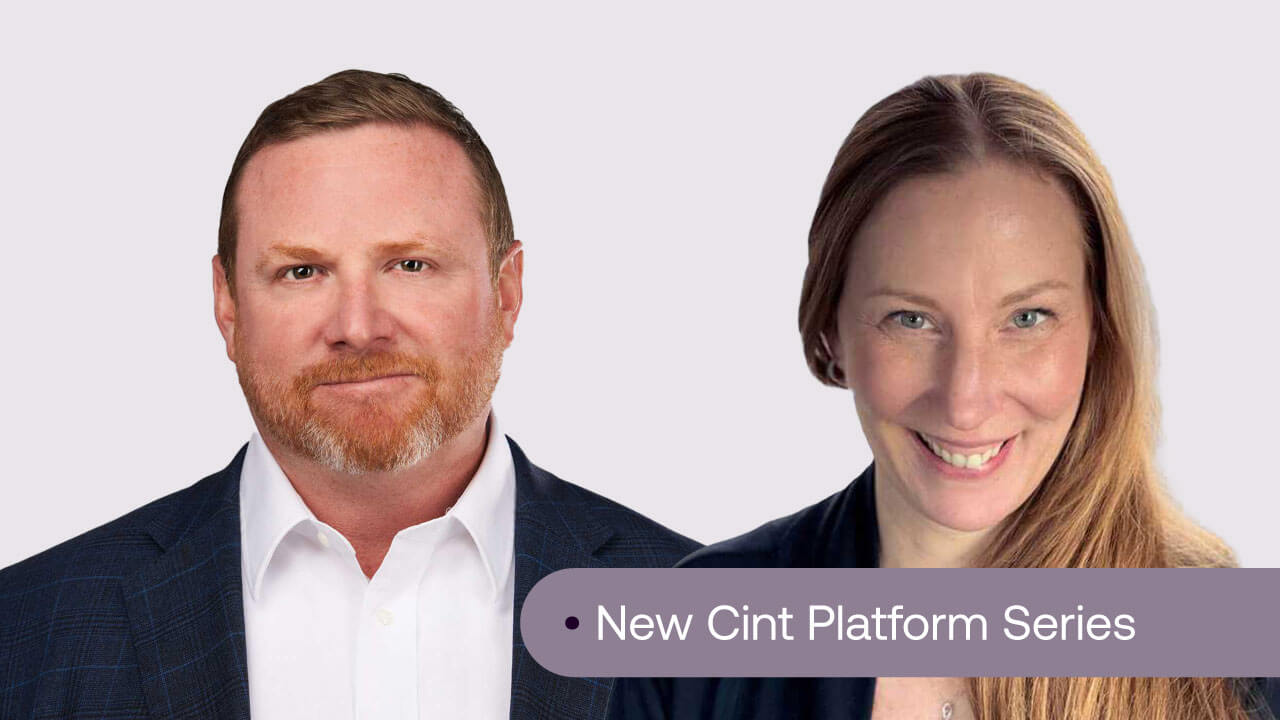Contents
Categories
While there is plenty of uncertainty as we head into the new year, we are all familiar with the asks when budgets are tight. Whether it is managing with fewer people, spreading that budget just a bit more thinly, or cutting back on testing and learning, it all comes down to doing more with less.
Meanwhile, you still need to find creative ways to build your brand and encourage customers to spend with you during challenging times. Knowing how to prioritize your limited budget while increasing the impact of your digital advertising will make the difference between success and just getting by this year.
The good news is that needing to do more with less can also be the pain point that drives marketers to find out what is really going on under the hood, uncover new efficiencies, and hone creativity in their teams. Here are four ways you can use the right measurement solution to optimize costs while boosting the impact of your marketing campaigns:
1. Know what is working – and what is not across every platform
Use a measurement solution that helps you to identify how different areas of your cross-platform campaign perform. Measurement tools can produce easy-to-read charts and dashboards that give you more actionable insights faster than evaluating all your platforms separately.
Lucid Measurement by Cint, for instance, provides an at-a-glance indicator of brand lift performance by KPI (Key Performance Indicators) and tactic. When you have more granular data that you can filter by audience or approach, it is easier to see which areas of your campaign are more effective and which are soaking up the budget without delivering the ROI (return on investment) you expected.
You can dig deeper and really understand what works for your brand and what is less effective. And you have the data in place to support exploring different options for future campaigns or for optimizing existing ones.
2. Optimize campaigns in flight with dynamic data insights
So, you have launched a new campaign – but do you really know how the individual pieces are performing, what’s resonating with your customers’ values, or even attracting an audience segment you had not expected? Or you are getting a different response than you anticipated – has the campaign revealed a mistake or some unconscious bias that is getting in the way of getting your message out? Or maybe you’ve been overtaken by events or shifting attitudes.
It is critical to deploy a solution that lets you measure how campaigns are being received by your target audiences (and others) while they are still in flight. After all, if you are paying for the campaign, you need to know exactly what you are getting. With dynamic daily data in hand, such as lift by site, media channel, placement, creative, network, ad length, daypart, and frequency you are well-positioned to spot opportunities to pivot away from messages or underperforming platforms and fine-tune areas that will expand your reach, increase your campaign’s impact, and improve ROI.
The wealth of credible information you can derive from ongoing campaigns can also help you and your team to craft more effective media strategies for future ones and the data you need to back up and justify your decisions.
3. Focus your campaign on driving one KPI, but be able to understand secondary KPI performance too
Even though we know it is not best practice, at times you may need to rely on your campaign to move multiple KPIs, like Brand Awareness, Ad Recall, Message Association, Brand Consideration, or Favorability, for instance. Typically, you would use different creative and tactics for each of these KPIs, however, this is one area that might force you to do more with less.
While you should still focus on a primary KPI, you will need a solution that will give you visibility into brand lift data and how a campaign is performing against the secondary KPIs that you are secretly trying to move. The broader analysis then allows marketing teams to fine-tune areas of the campaign to improve performance on the primary KPI now, as well as provide insight and data for planning future campaigns focused on secondary KPIs.
4. Free up time for creativity and higher-value work
Marketing teams today have access to a host of new technologies to help measure impact both in the short and long term – while the campaign is live and once it has ended. Those technologies can also be deployed to take some of the data crunching and administrative burden off the team so they can focus on areas that really make a difference. For instance, your team could spend less time gathering data and more time on strategizing and creativity with a solution that:
- Offers multiple engagement models, like self-service or managed service, to meet your team’s needs.
- Updates regularly with proprietary brand lift metrics by KPI, so you do not need to do the analysis yourself.
- Automatically surfaces the best-performing tactics for the entire campaign, so you do not need to dig for them.
- Provides benchmarks to help contextualize your campaign performance against other similar campaigns by KPI or industry/category.
- Public APIs that your developers can use to offer a seamless brand lift study workflow to your customers.
So, while it may seem like budget crackdowns mean your hands are tied, there are solutions and approaches out there to help you take a more proactive and productive look at your campaigns. If that sounds interesting, look at Lucid Measurement. Lucid Measurement was created by a team with over 20 years of experience in advertising and measurement. It was purpose-built, with scale, speed, and optimization at its core, to provide customers with in-flight survey data and dynamic campaign insights that allow marketers to make real decisions about their media on the fly.
For more information on how to get the most from your ad campaign measurement, contact our team!


































































































